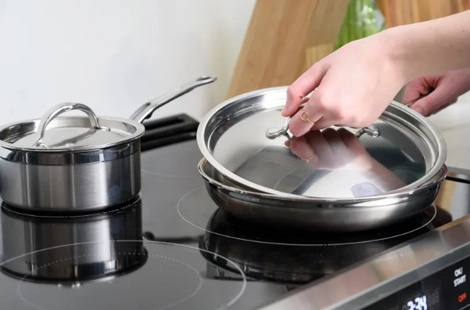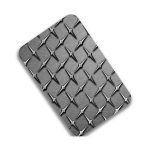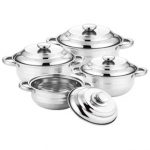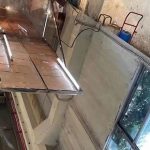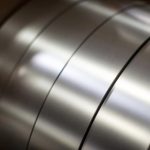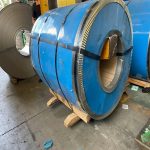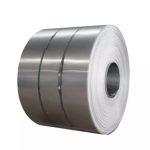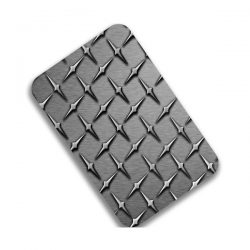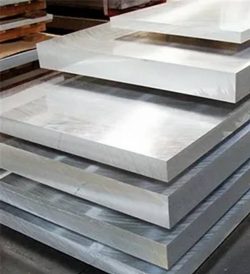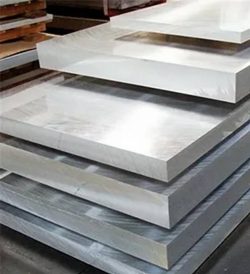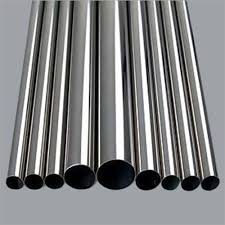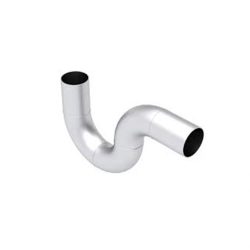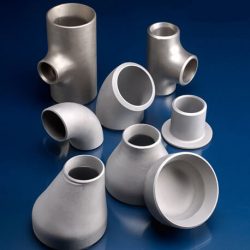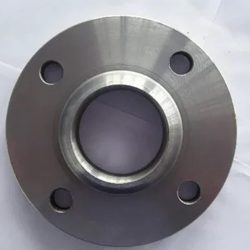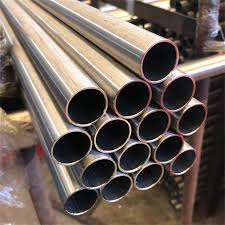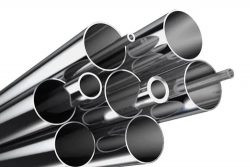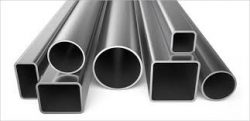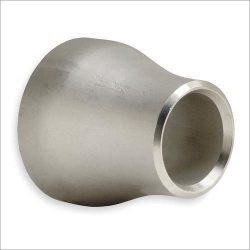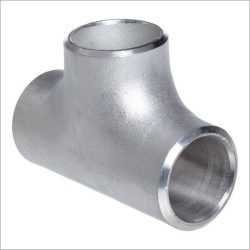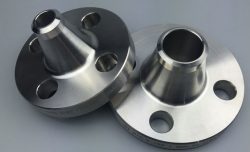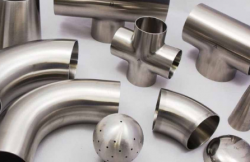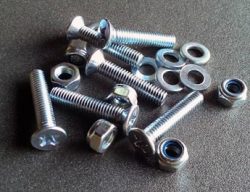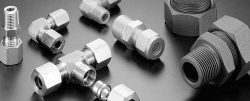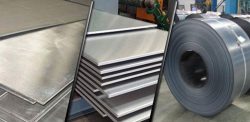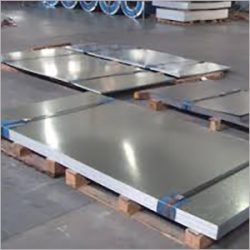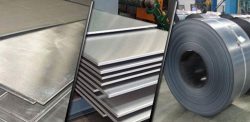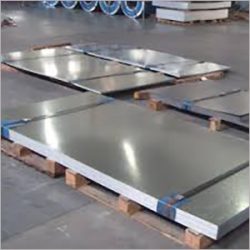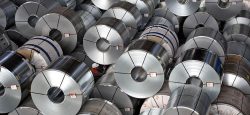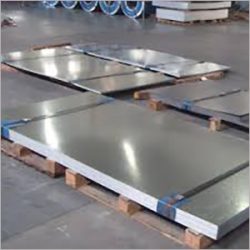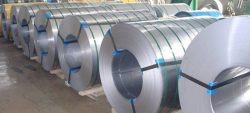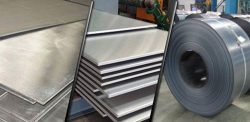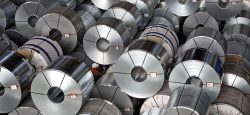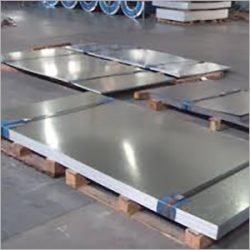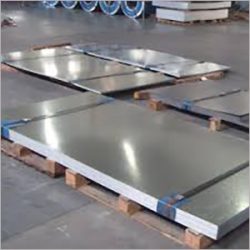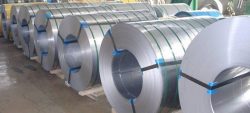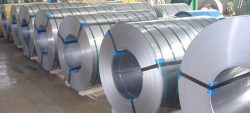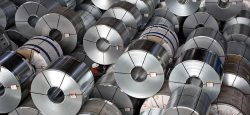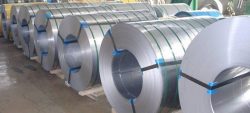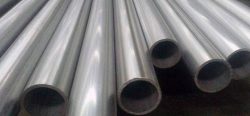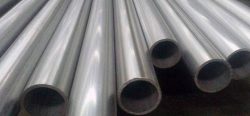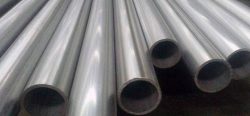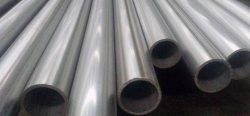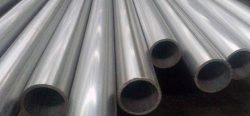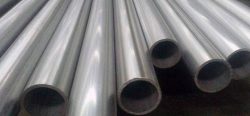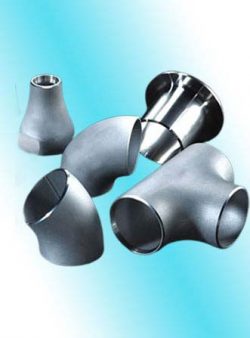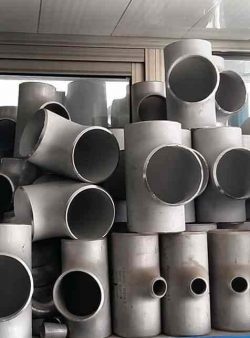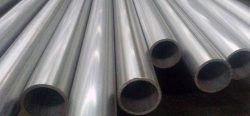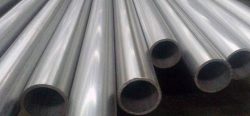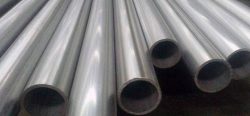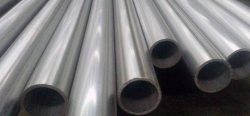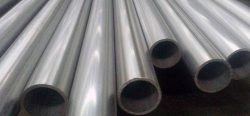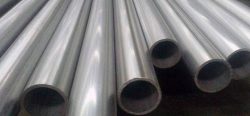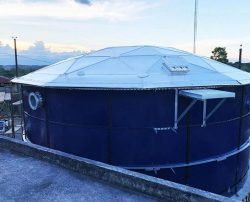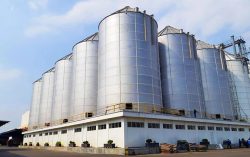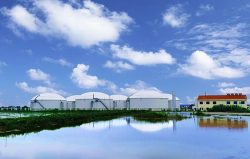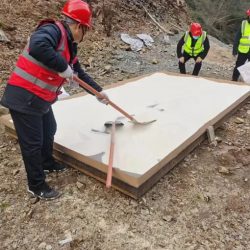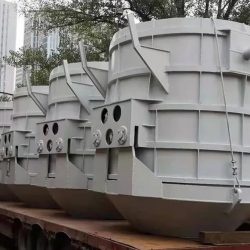Austenite Stainless Steel
Austenite stainless steel is a type of stainless steel that has a face-centered cubic crystal structure. It is highly corrosion-resistant and has excellent mechanical properties. It is commonly used in applications requiring strength, such as structural components, pipelines, and cookware.
What Are The Advantages Of Austenitic Stainless Steel?
1. Corrosion resistance: Austenitic stainless steel is highly resistant to corrosion and pitting in harsh acidic or chloride environments.
2. Strength and toughness: It exhibits high strength and good toughness, making it suitable for high-stress applications.
3. Formability: Austenitic stainless steel is highly formable, which allows it to be easily shaped into various forms like plates, sheets, tubes, and wires.
4. Heat resistance: It shows good resistance to high-temperature oxidation and scaling.
5. Weldability: Austenitic stainless steel is easily weldable, and it can be joined using most conventional welding techniques.
6. Hygiene and cleanliness: It is non-magnetic and exhibits a smooth and polished surface, making it an ideal choice for food processing and medical equipment applications.
7. Ductility and impact resistance: It has a high degree of ductility and impact resistance, providing superior durability to withstand extreme environments.
7. Low maintenance: It does not require a lot of maintenance and, if cared for properly, can last for decades.
What Are The Common Applications Of Austenitic Stainless Steel?
1. Food processing equipment: Austenitic stainless steel’s non-corrosive and hygienic properties make it ideal for food processing equipment such as storage tanks, processing pipes, and conveyor chains.
2. Medical equipment: It is also used extensively in the medical industry, particularly in medical implants, surgical instruments, and diagnostic equipment due to its non-magnetic, hygienic, and corrosion-resistant properties.
3. Chemical processing: It is used in the chemical processing industry due to its resistance to strong acids and other corrosive chemicals.
4. Architectural structures: The aesthetic appeal of austenitic stainless steel, combined with its resistance to weather and corrosion, makes it a popular choice for building exteriors, roofs, and interior and exterior decorative features.
5. Marine and offshore structures: Its corrosion resistance makes it suitable for marine and offshore structures, where harsh and saltwater environments can quickly damage other metals.
6. Automotive and aerospace industry: It is used in exhaust systems, mufflers, and aircraft fuel tanks due to its high-temperature resistance and durability.
7. Petrochemical industry: The high temperature, high-pressure resistance, and corrosion-resistant properties of austenitic stainless steel make it suitable for piping, valves, and vessels in the petrochemical industry.
The composition of austenitic stainless steel affects its properties in various ways, such as:
1. Corrosion resistance: The addition of chromium and nickel increases the corrosion resistance of austenitic stainless steel in harsh environments.
2. Strength and toughness: The addition of manganese and nitrogen enhances the strength and toughness of austenitic stainless steel.
3. Formability: The presence of elements such as carbon, nitrogen, and manganese plays a critical role in improving the formability or ductility of austenitic stainless steel.
4. Heat resistance: The addition of elements such as molybdenum and titanium enhances the heat resistance of austenitic stainless steel, allowing it to resist oxidation and scale formation when exposed to high temperatures.
5. Weldability: The presence of elements in austenitic stainless steel, such as nickel and manganese, makes it weldable with most conventional welding processes.
The chemical composition, heat treatment, and manufacturing process of austenitic stainless steel affect its mechanical and physical properties, such as yield strength, tensile strength, elongation, hardness, and toughness. Therefore, the type of austenitic stainless steel chosen depends on the specific application requirements.
Can Austenitic Stainless Steel Be Heat Treated?
Austenitic stainless steel is generally non-hardenable and cannot be heat-treated to increase its strength.
This property is because austenitic stainless steel has a face-centered cubic (FCC) crystal structure, which does not allow carbon atoms to diffuse into the lattice structure. This means that it does not experience any significant changes in its microstructure when heated and cooled.
However, austenitic stainless steel can be strengthened through cold working or strain hardening, where the steel is subjected to mechanical deformation like rolling, bending, or hammering, which increases its strength and hardness.
Additionally, austenitic stainless steel can undergo solution annealing or stress relieving heat treatment processes to reduce internal stresses and improve ductility. Solution annealing involves heating the stainless steel to high temperatures and then slowly cooling it to room temperature, while stress relieving involves heating the stainless steel to a lower temperature and holding it for a longer period before air cooling.
In summary, while austenitic stainless steel cannot be heat-treated for increased strength, it can be strengthened through cold working and improved through annealing and stress relieving treatments.
